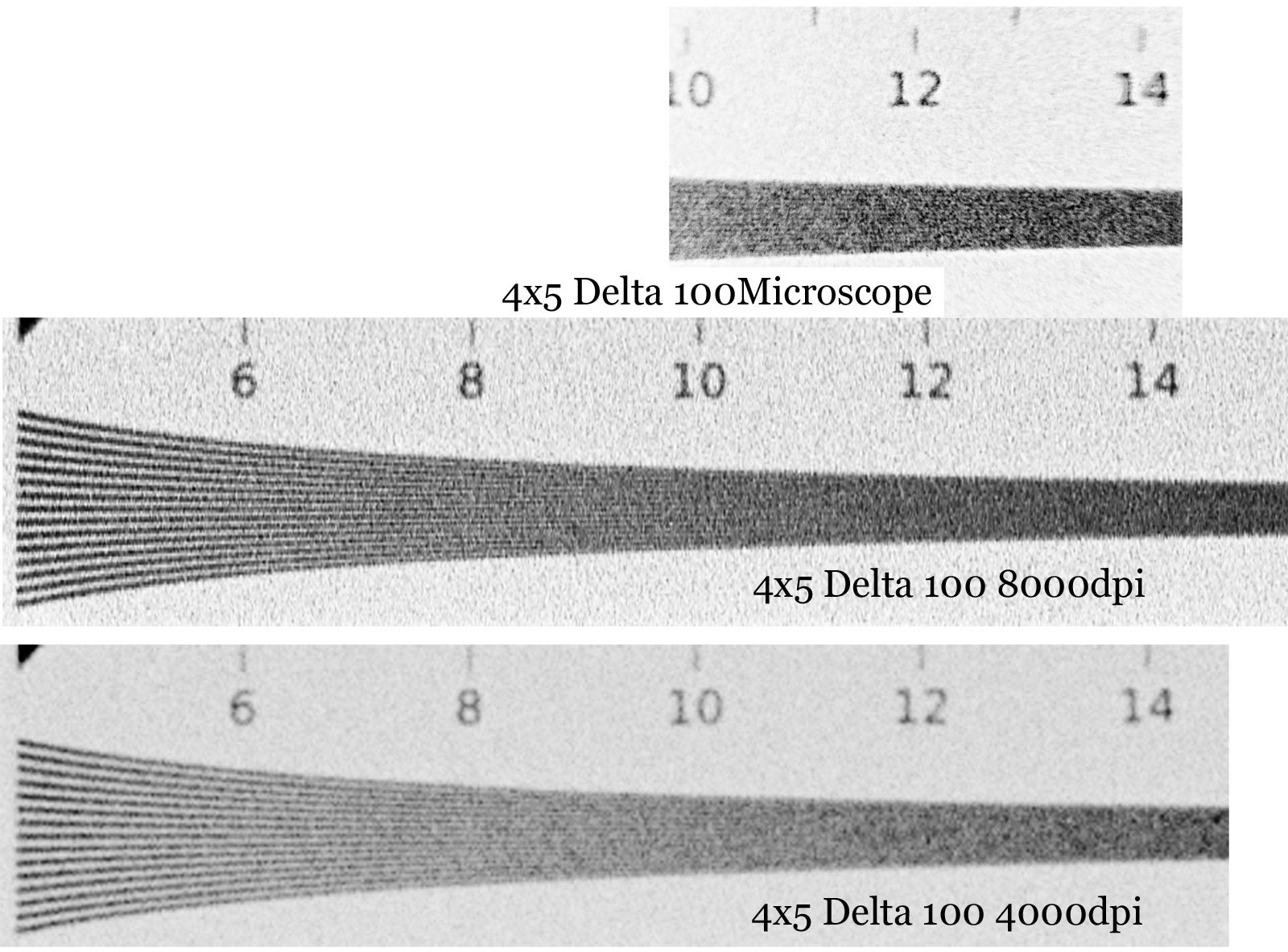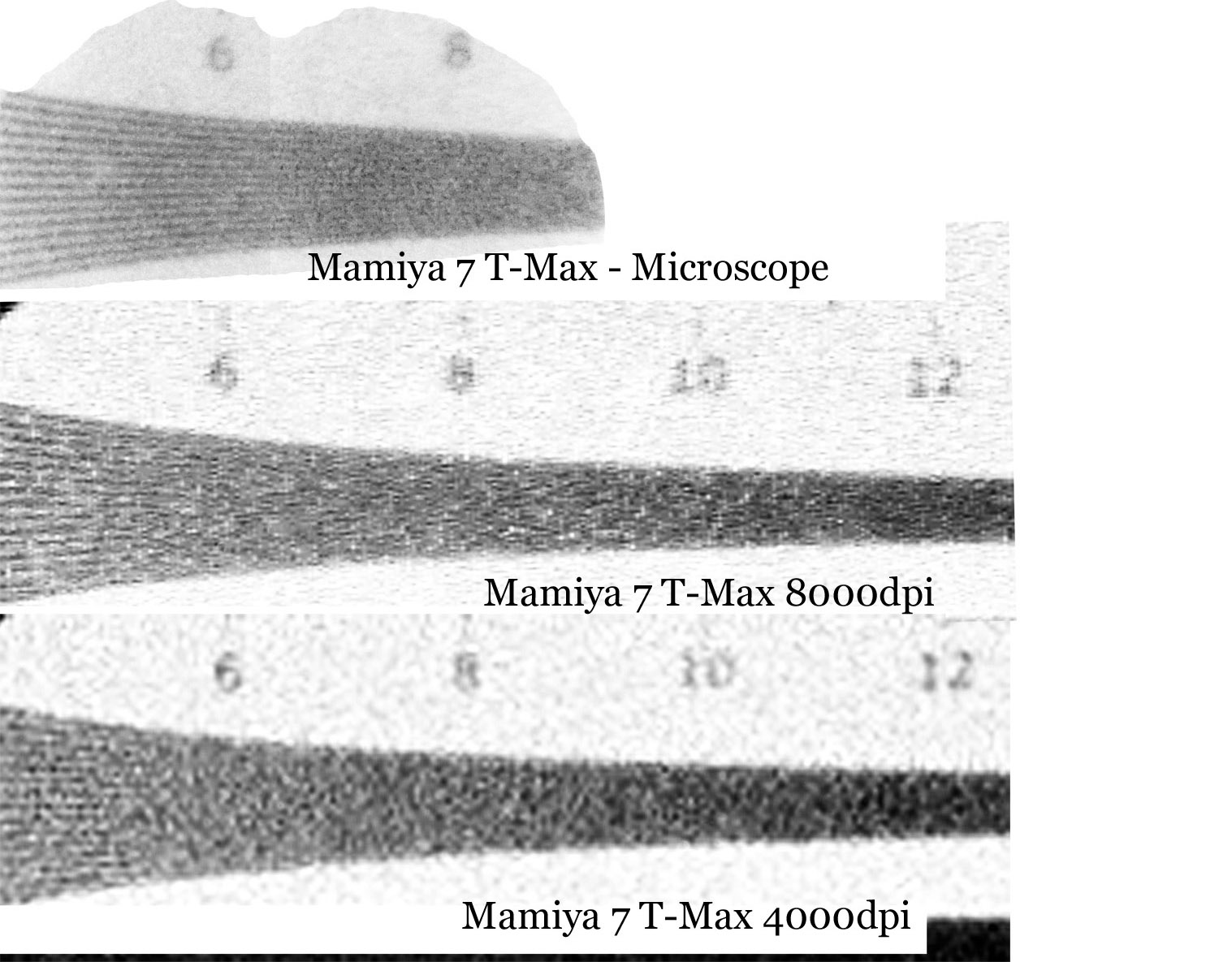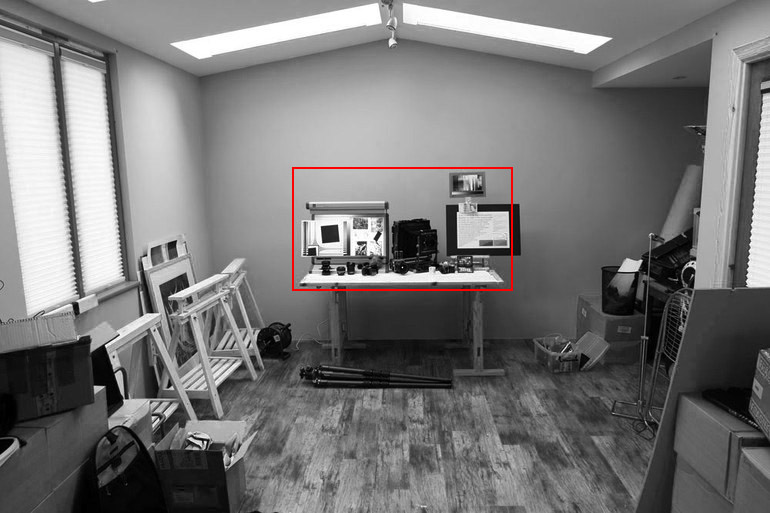I'm currently working with Lenny Eiger to get some scans of the film we shot for the big camera comparison done (using an Aztek Premiere 8000dpi scanner) and I thought I'd show a quick preview of the Mamiya 7 T-Max scan file alongside the IQ180 ... The Mamiya stands up fairly well. We've obviously got a fair bit of halation in the film and fundamentally it's a very different aesthetic but the fact it's in the ballpark is quite impressive. I've clipped the highlights on the film scan a little by the way but then the jpg compression in the highlights is making a mess of things too..
http://gbl.bz/mamiya7
http://gbl.bz/iq180-alpa
Tim
http://gbl.bz/mamiya7
http://gbl.bz/iq180-alpa
Tim



